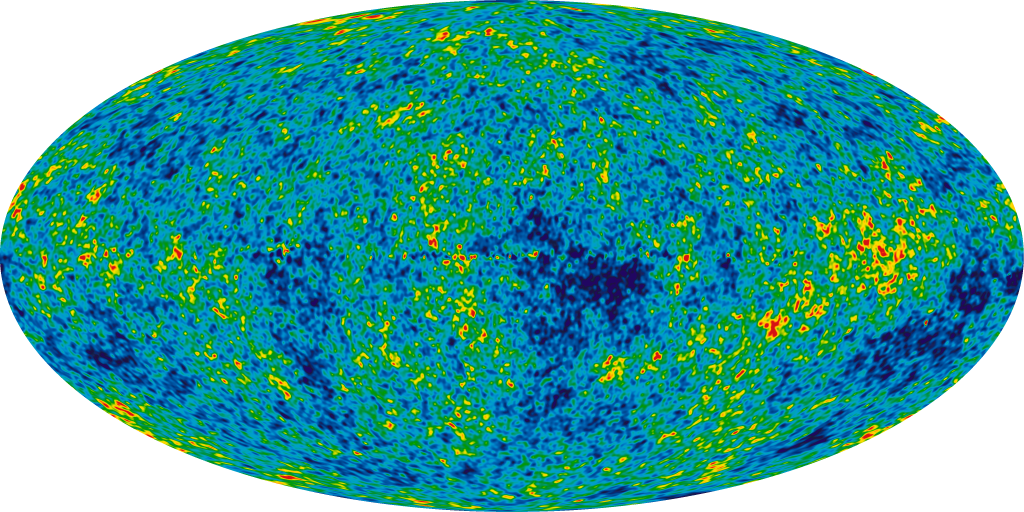
Helium Hydride: The Unsung Hero of the Universe’s Birth
The universe, in its infancy, was a place of simplicity and profound potential. Just moments after the Big Bang, as the cosmos expanded and cooled, the first atoms formed, setting the stage for everything that was to come.
The Formation of the First Molecule
A groundbreaking discovery by a team of scientists has rekindled our understanding of this primordial time. Researchers have recently recreated helium hydride, believed to be the universe’s first molecule, in laboratory conditions that mimic the extreme environments of the early universe (Science Daily) This molecule, an unlikely pairing of helium and hydrogen, was crucial in the cosmic evolution that followed.
The Role of Helium Hydride in Star Formation
Helium hydride played a pivotal role in cooling the universe sufficiently for the first stars to ignite. It served as a catalyst for the synthesis of more complex molecules, acting as a cosmic bridge in the transition from chaos to order Phys.org. As the universe cooled, these molecules began to cluster, increasingly influenced by their mutual attractions, eventually leading to the birth of stars.
The Implications of Helium Hydride’s Discovery
The recent experimental recreation of helium hydride deepens our understanding of how the early universe was structured. By studying the reactions and abundance of this molecule, astrophysicists can better explain the conditions necessary for star formation, offering insights into how galaxies could form amidst the vastness of space. This knowledge overturns previous assumptions and opens new avenues for research in cosmology.
Observational Breakthroughs Using Advanced Technologies
The detection of helium hydride in space was finally made possible using advanced tools like the Stratospheric Observatory for Infrared Astronomy (SOFIA), which identified this elusive molecule in a distant planetary nebula CBC News. Such observations affirm theoretical models, consolidating our understanding of molecular evolution across cosmic history.
These findings emphasize the significance of continued investment in astronomical technologies that allow humanity to peer further back in time, unlocking secrets held in the cosmos’ earliest light.
Future Directions and the Quest for Understanding
As we continue to unravel the mysteries of the universe, the story of helium hydride offers a compelling glimpse into the complexities of cosmic evolution. With each discovery, we move closer to piecing together the puzzle of our existence and the vast universe that cradles us.
This research not only illuminates the past but sets a blueprint for future explorations aimed at understanding both the microcosm of molecules and the macrocosm of the universe.



